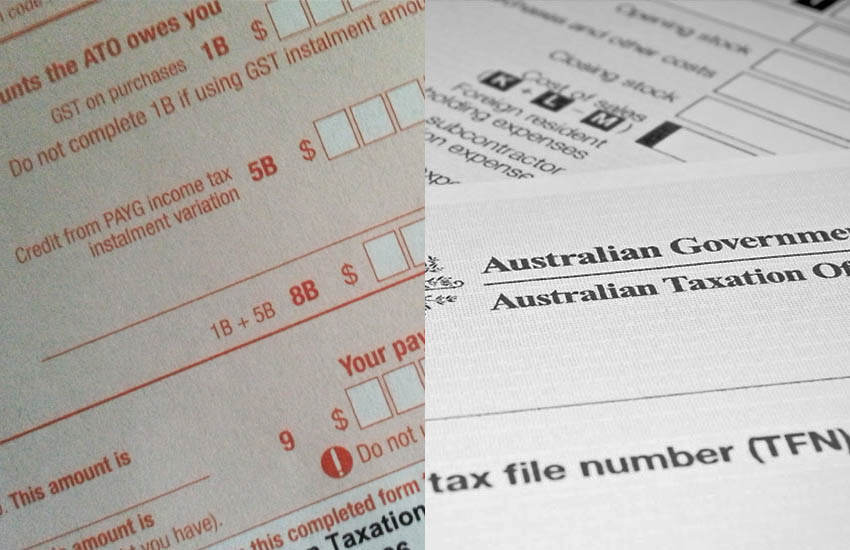With the government’s COVID-19 cash-flow boost measure to be delivered in the activity statement system from 28 April, the ATO has now made note of the difference in lodging before or on 28 April.
Updated ATO guidance on the cash-flow boost measure now states that from 28 April, any excess credit from activity statements that received the cash-flow boost amount will be refunded, rather than offset against any other tax debts.
You’re out of free articles for this month
An ATO example describes Ed who has a debt of $2,000 on his activity statement account from a previous period. He lodges his March 2020 quarterly activity statement before the due date of 28 April 2020 because he is expecting an excess of $5,000 in GST credits for that period.
When Ed’s lodgement is processed, $2,000 of the $5,000 excess credit from his March 2020 quarterly activity statement is used to pay the outstanding amount on his account.
However, if Ed lodges his March 2020 activity statement on the due date of 28 April 2020, when his lodgement is processed, the excess credit of $5,000 is not used to pay the outstanding debt of $2,000 from the previous period.
Tax & Super Australia senior tax counsel John Jeffreys said the ATO’s example highlights the importance of timing a BAS lodgement before or on the 28 April due date.
“Some people will be under the mistaken belief that the sooner they lodge their BAS, the sooner they get paid their cash-flow boost. Therefore, they will try to lodge their BAS earlier,” Mr Jeffreys said.
“For those with ATO debts, this could cause their cash-flow boost to be less.”
The ATO’s full example and guidance can be viewed here.
Jotham Lian
AUTHOR
Jotham Lian is the editor of Accountants Daily, the leading source of breaking news, analysis and insight for Australian accounting professionals.
Before joining the team in 2017, Jotham wrote for a range of national mastheads including the Sydney Morning Herald, and Channel NewsAsia.
You can email Jotham at: This email address is being protected from spambots. You need JavaScript enabled to view it.

 Login
Login







